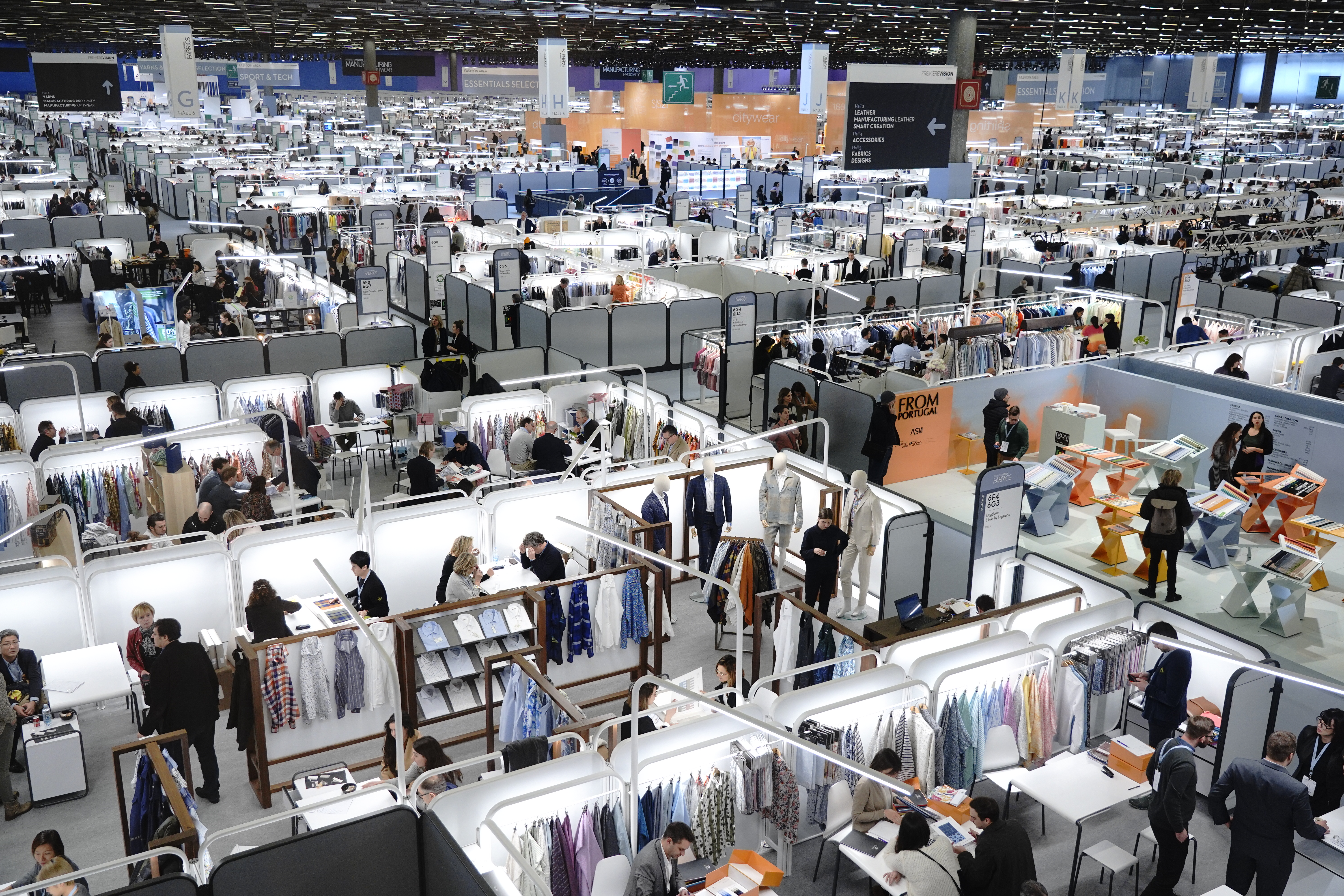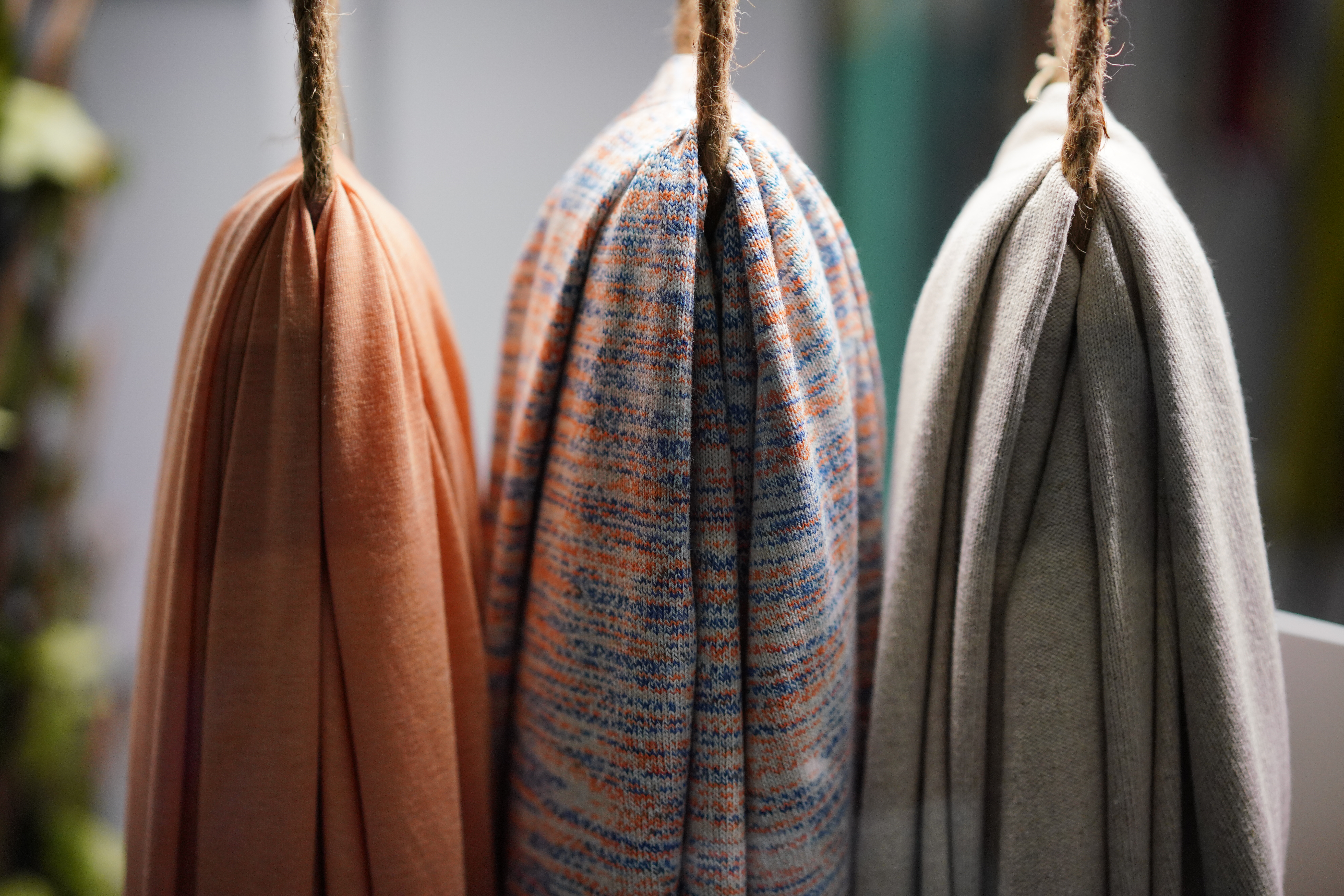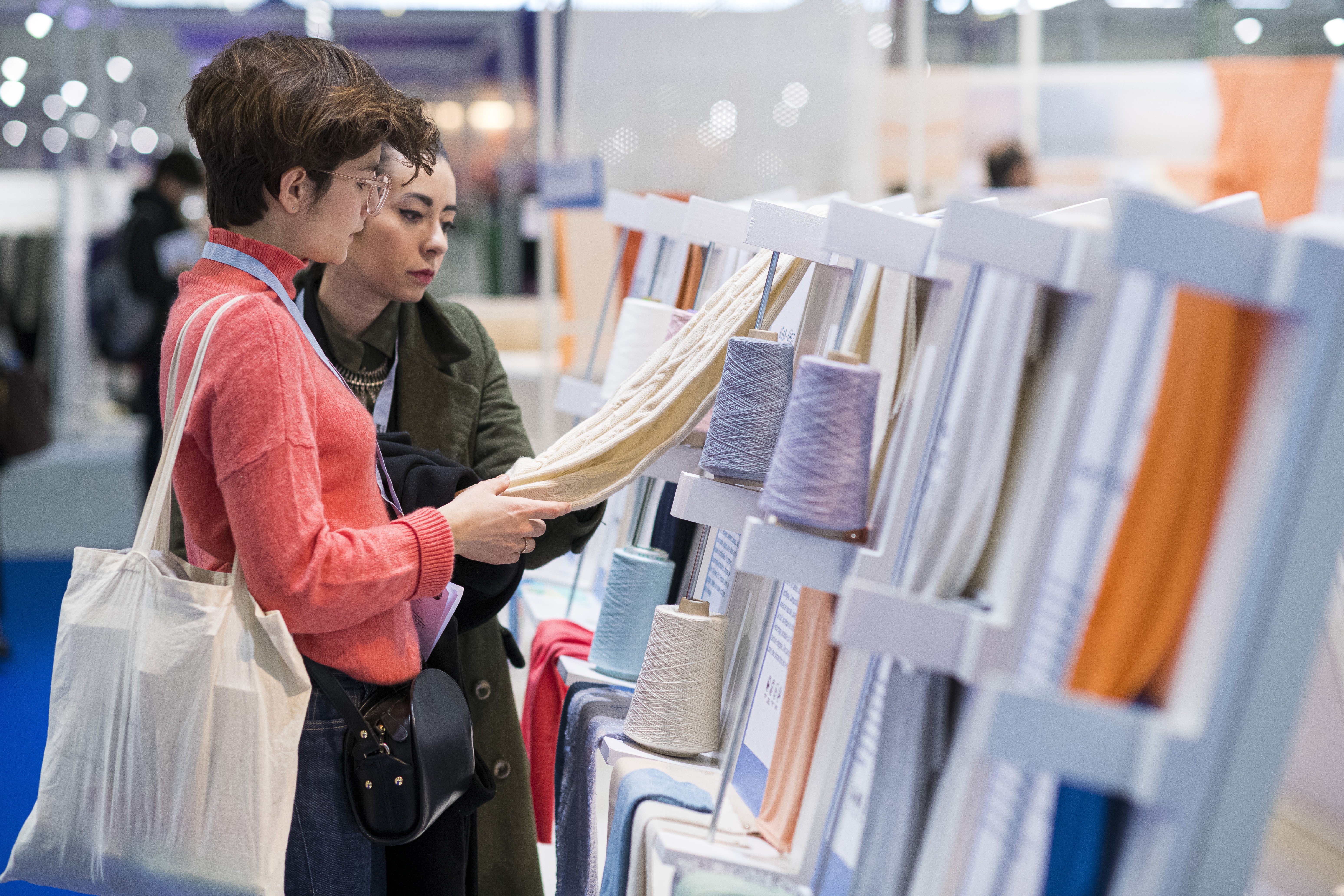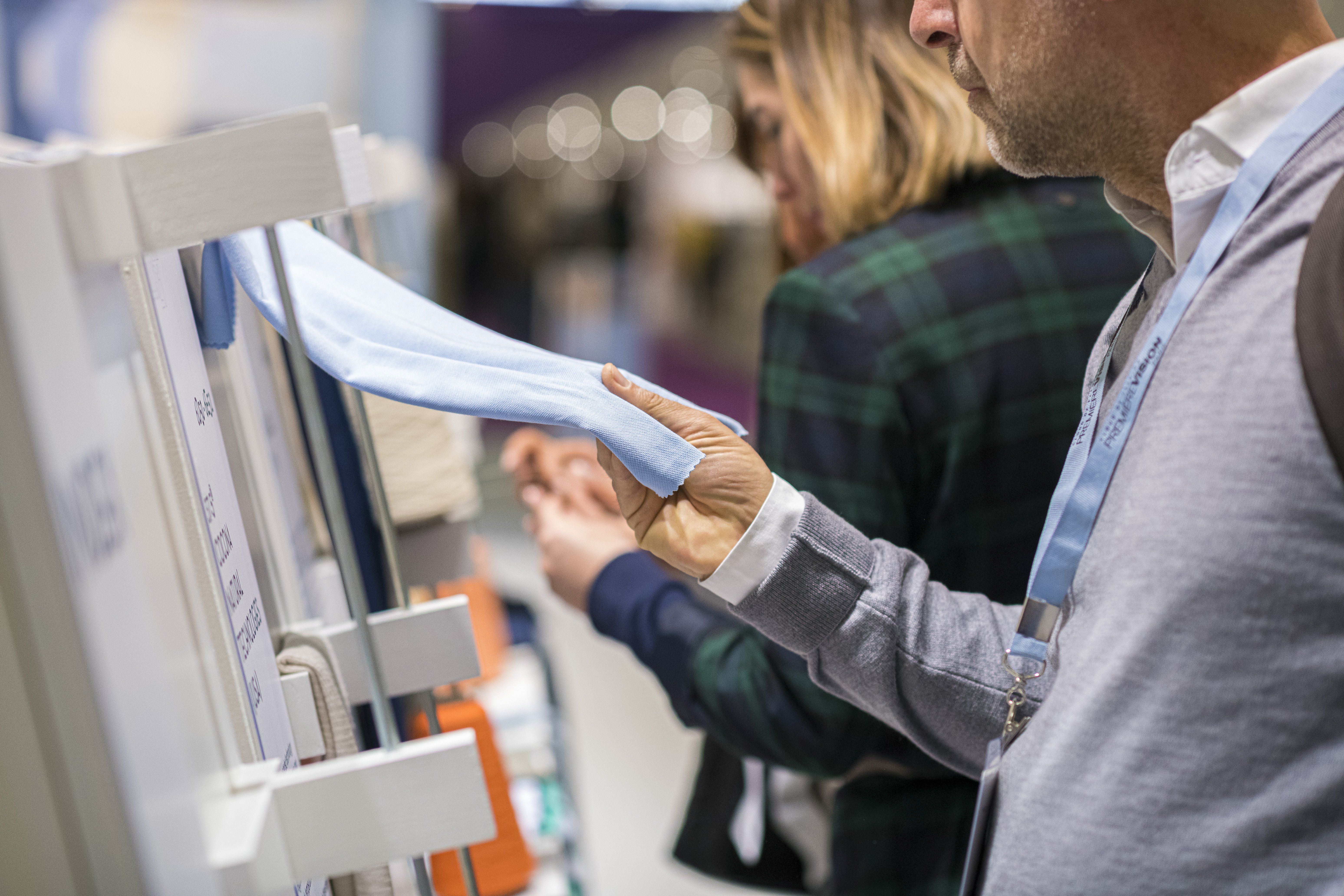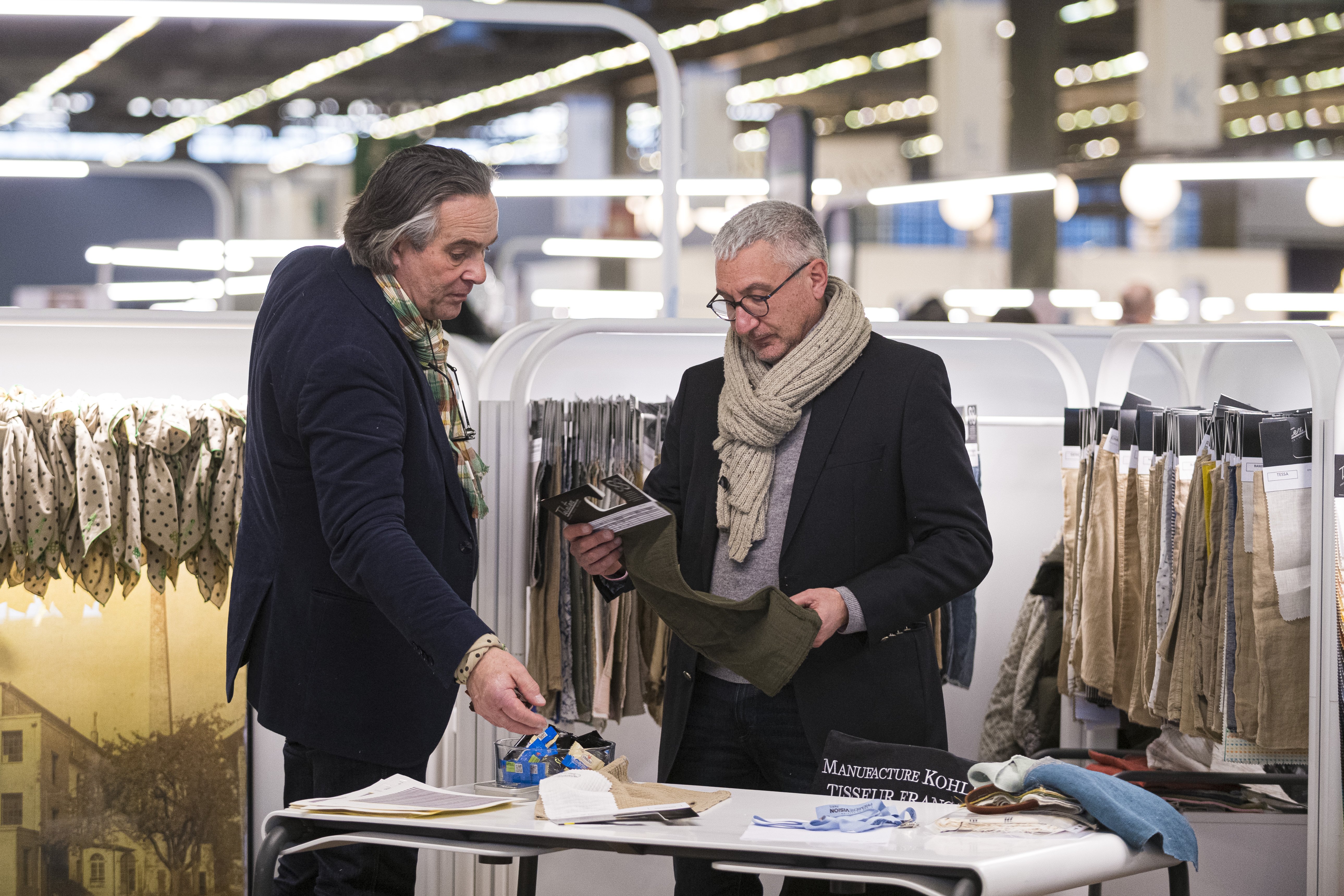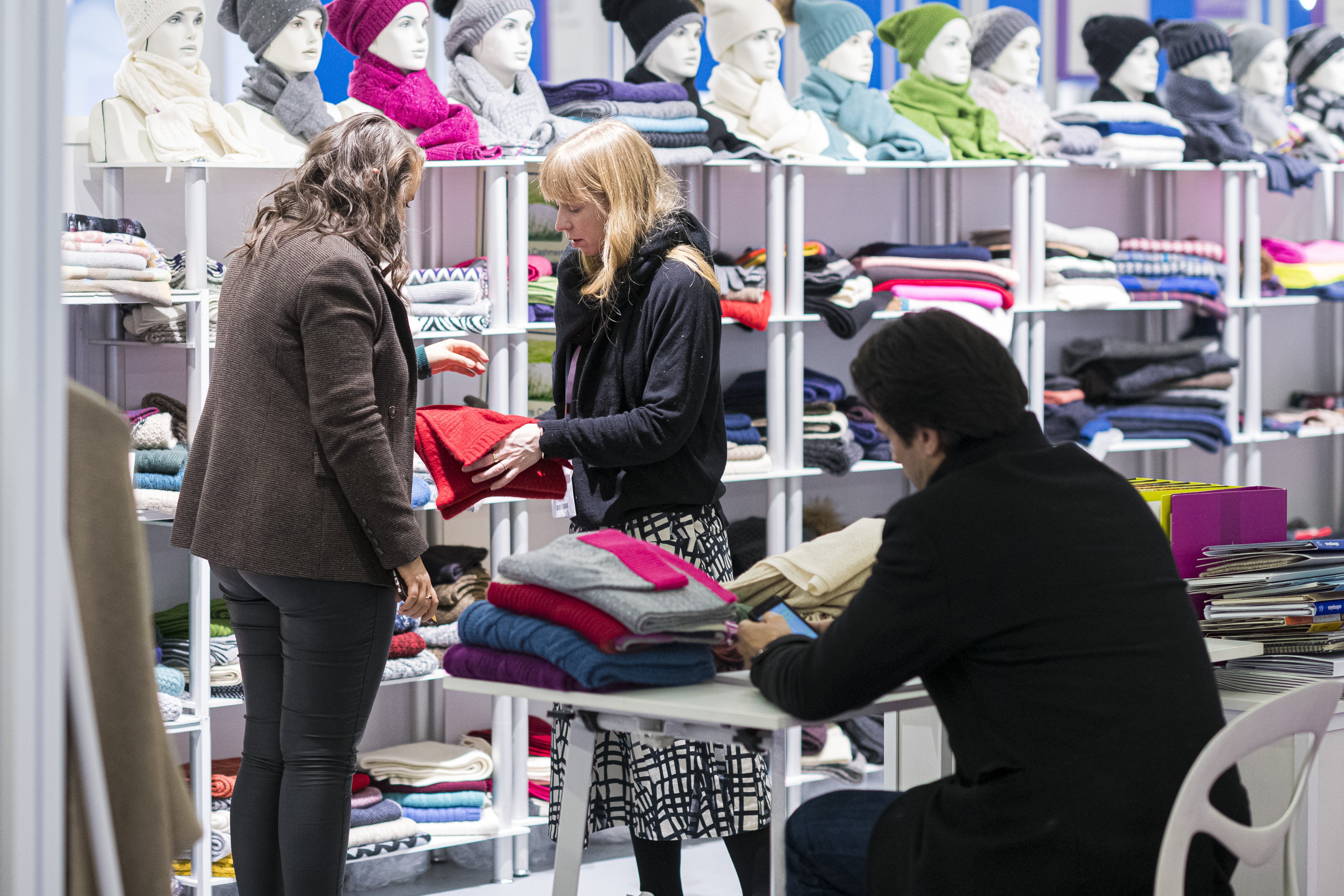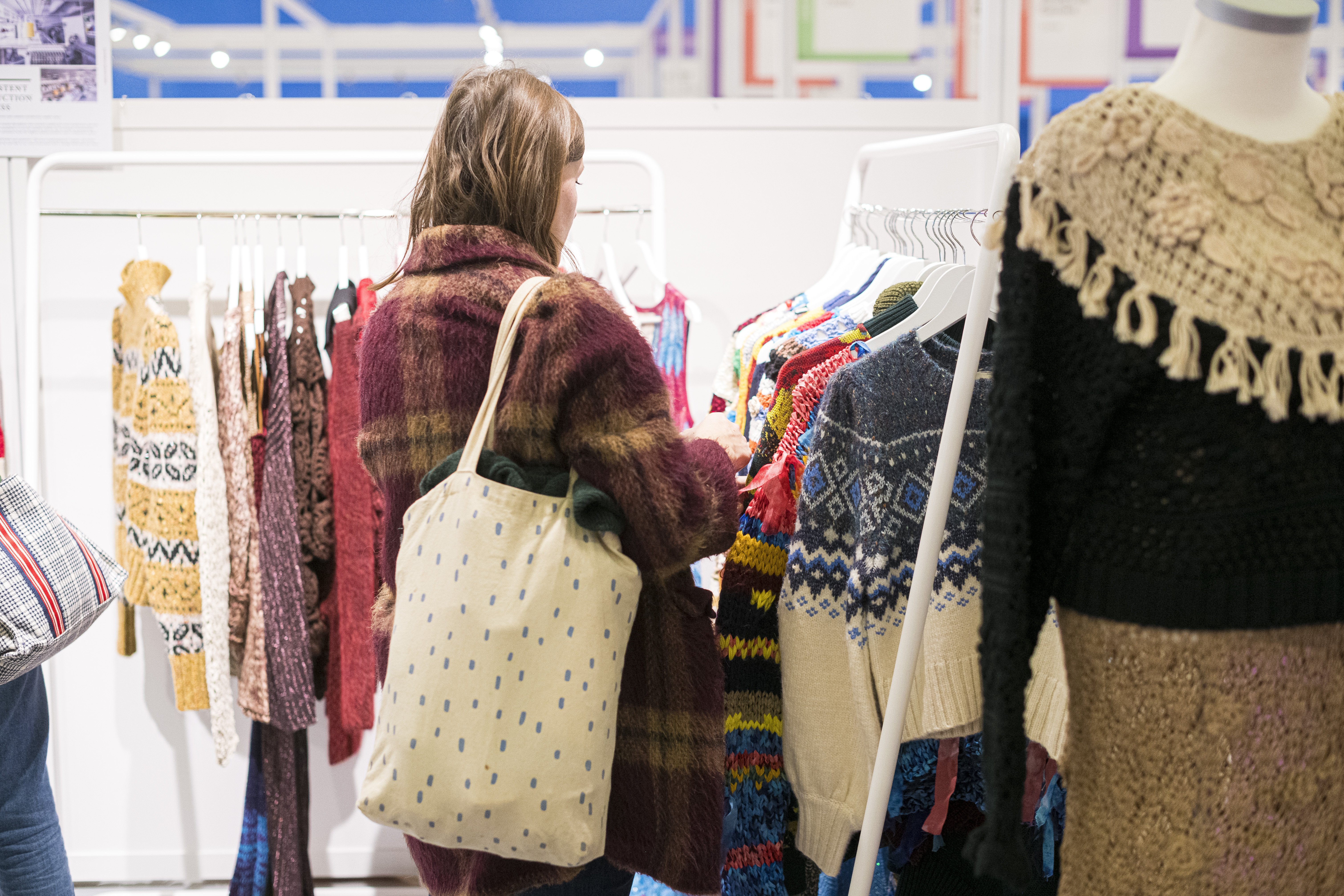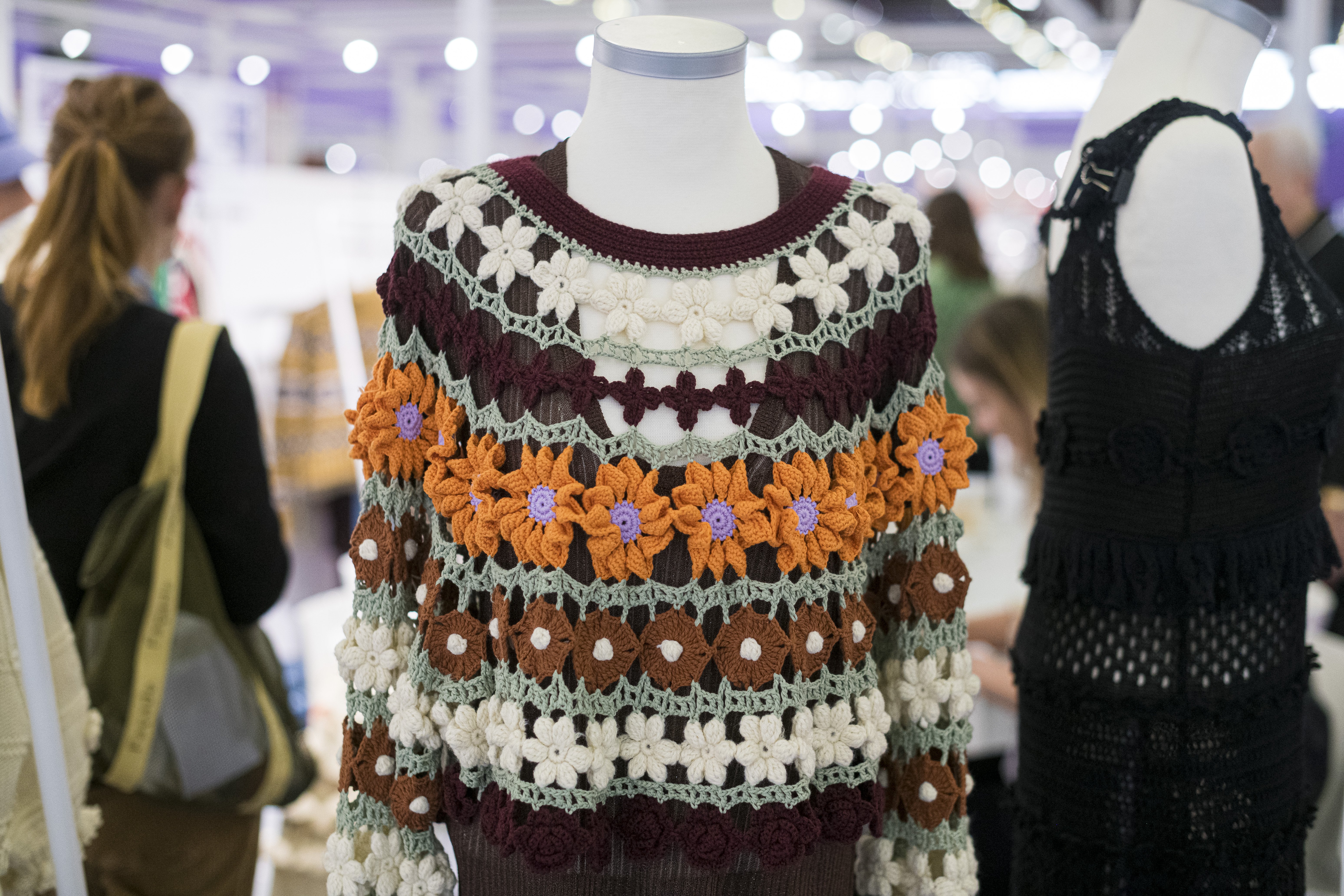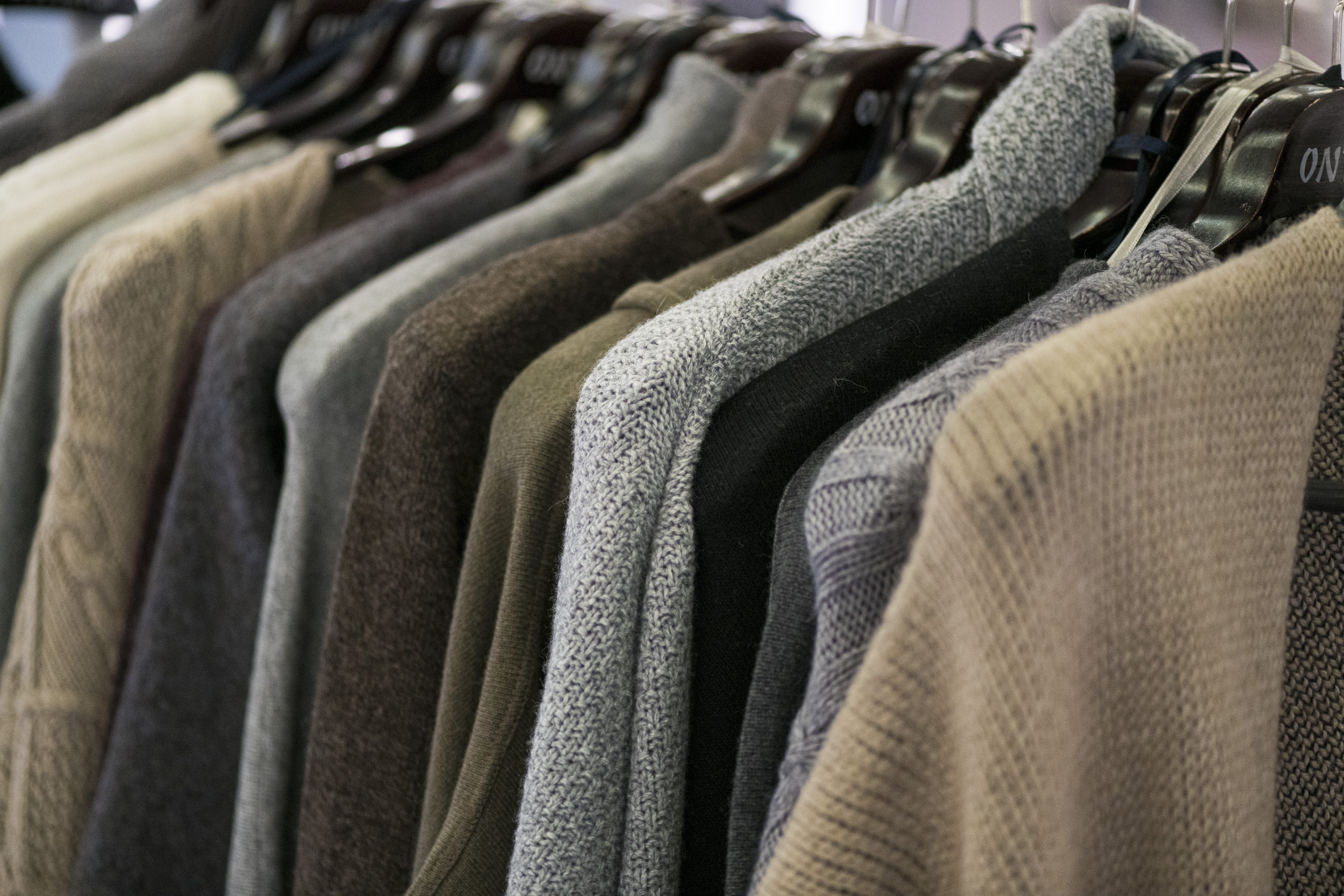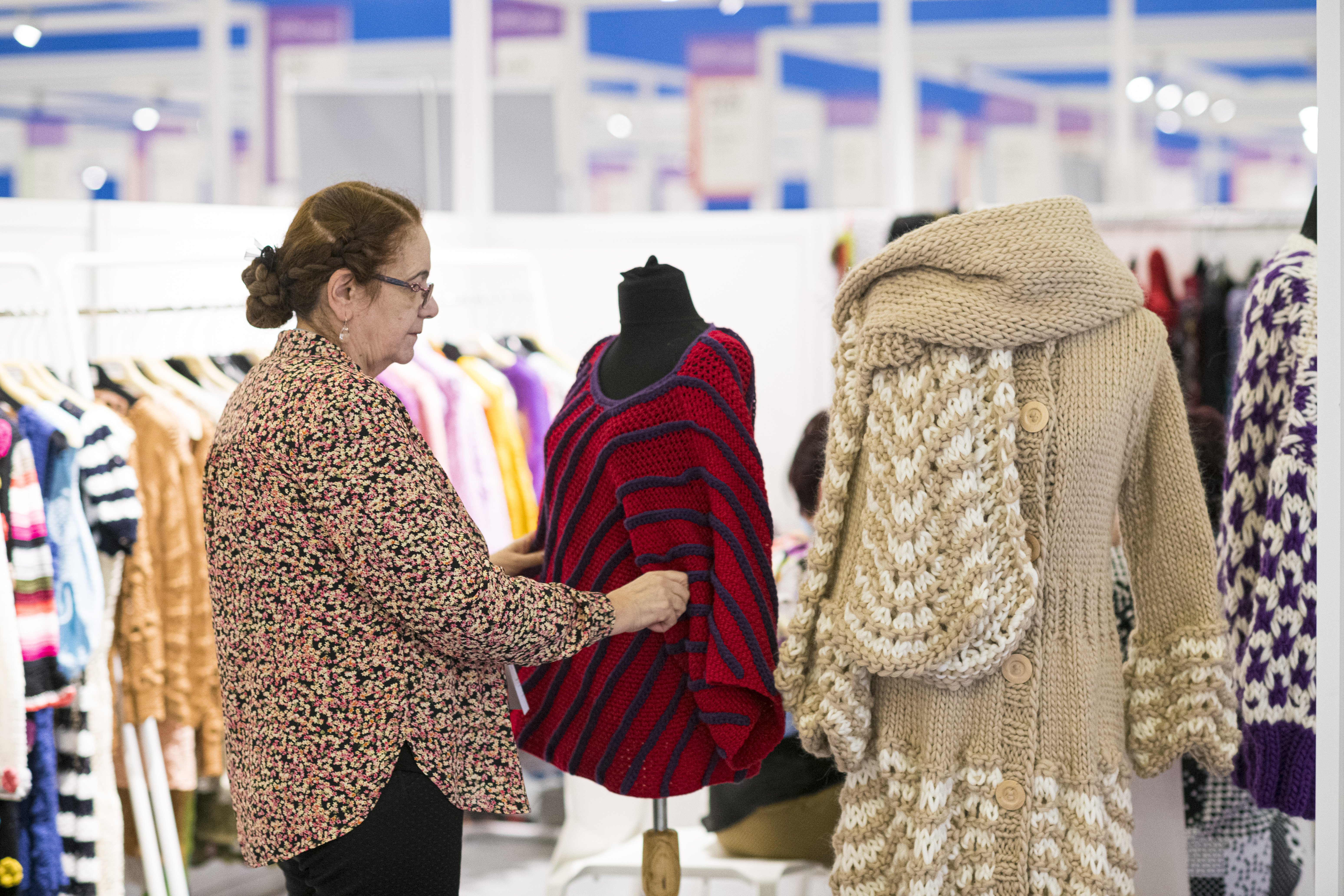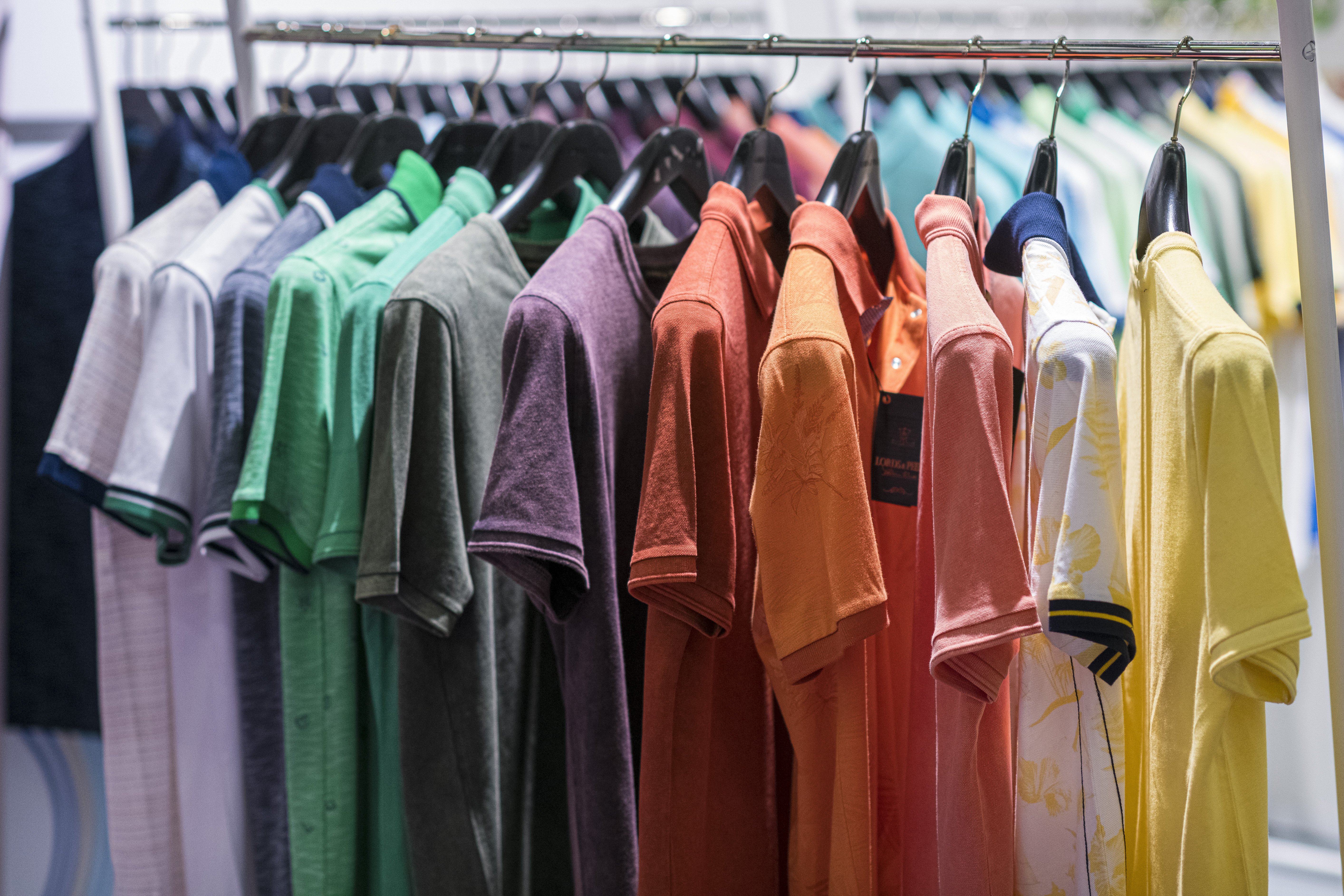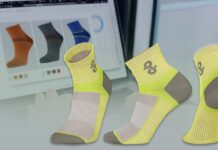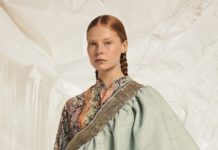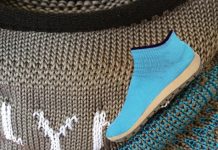Janet Prescott in Paris
The mood at Premiere Vision Paris was cautious, what with news of the Coronavirus and economic hurdles on the horizon. It was rescued in part by a good and interested reaction to the inventions and refinements of manufacturing and design for spring/summer 2021 and the latest moves on a responsible approach from industry.
“Premiere Vision itself is cast as an innovator having developed a digital marketplace with more than 50K hits a month for more than a year,” said PV General Manager Gilles Labordes, no doubt anticipating further growth if international logistical hurdles last.
As well as the much-consulted trend areas of the show, Smart Creation remained an inspired and inspiring section devoted to presenting the latest in sustainable development and fashion, tech specialists, discussions and innovative products. Evidently sustainability is also charged with galvanising a sluggish market.
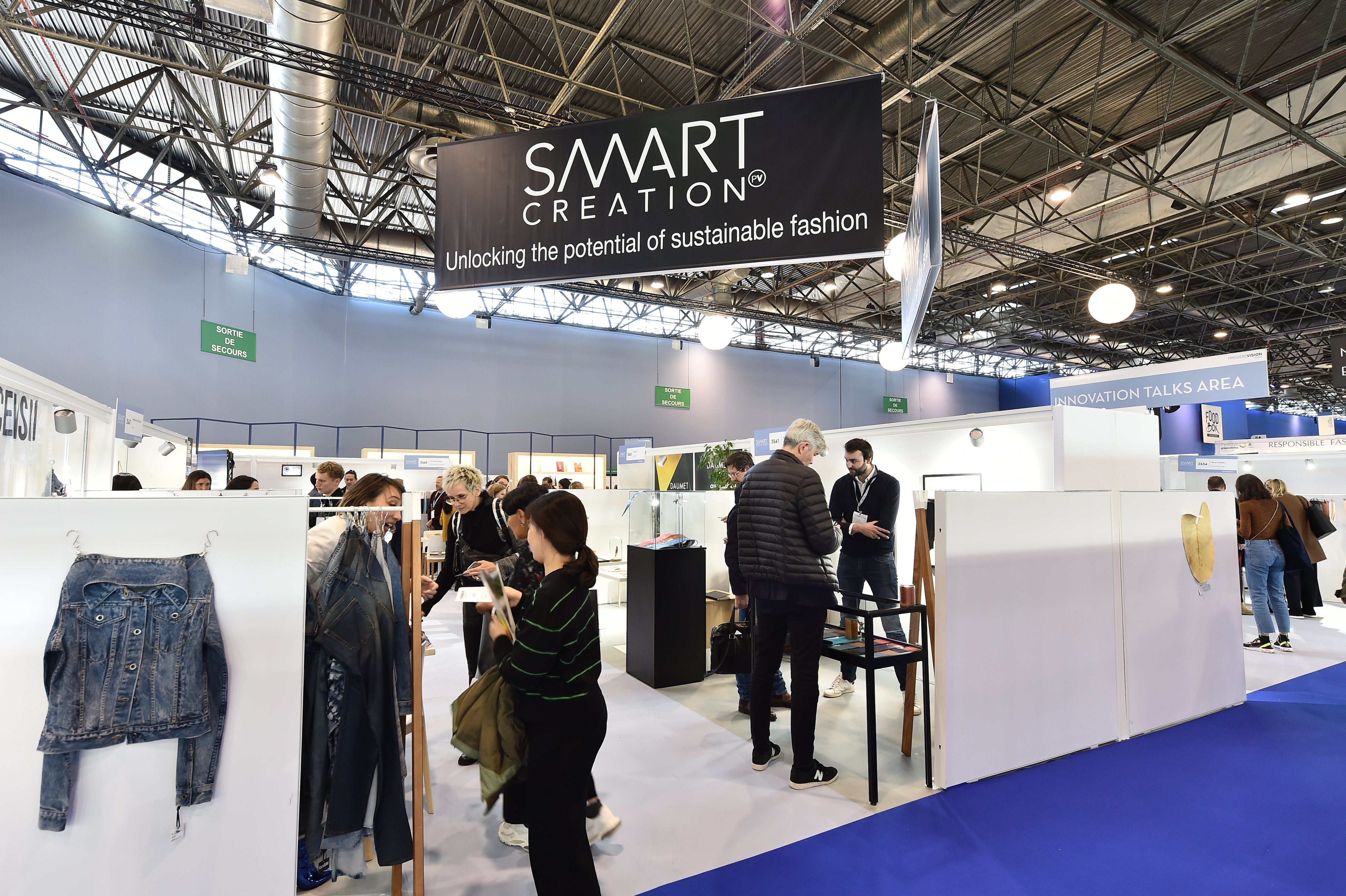
Movement was identified by PV fashion teams as the driving theme of the season. In light fabric, movement in pattern and designs was literal, on the surfaces of fabrics. Bolder and unusual colour schemes revelled in both texture and movement. Graphic designs counterbalance the florals in jacquards and prints with geometrics and trompe l’oeil repeats.
Tradition was disrupted by digital printing, unequal stitches, African stripes, incorporating shine and matt together. embroidery and decoration, with winding threads, swirls and off-centre raised cables
Natural Born Winners
Natural fibres and fabrics catch the wind. Linen is enjoying the success of a combination of sustainability and natural features. Fabrics blending linen with fibres such as wool, silk and with denim looks seen in many areas. New knitted fabrics on the Linen Dreams stand showed prototypes exploring various weights and finishes, these included Libeco’s undyed linen quality named Eco Linen, for fabrics which are fully traceable.
Cotton and linen, hemp and summer wool were labelled with eco credentials and the ever-growing Codes Performances assembled by PV, indicating the many qualities which increase each season, with fabrics sporting labels relating to stretch, washability, odour resistance, showerproofing and now sustainability qualities.
New man-made fibre designs are not forgotten; some recycled, others proclaiming responsible manufacturing, many appearing in luxury designs in the Knitwear section which majored on very light garments showing transparency and semi-transparent net-like constructions.
Regional collections as From Portugal, brought together the most interesting collections of jersey; finer knits next to thicker lightweights in colourful stripes and larger contrast patterns as well as surfaces covered with overlapping photographic images, such as anemones in profusion, the medium on the ball with fashion
New Technology
Lenzing announced new technology in chlorine-free bleach for Tencel branded modal fibres for pulp and fibre; Eco Pure for Tencel Modal x Micro fibres, dubbed more environmentally responsible than conventional bleaching, for underwear, loungewear and bedding. Special identification yarn technology supports a transparent supply chain.
The Woolmark Company’s latest Wool Lab sourcing reference presented many more knitted garment designs, from highly active wear to traditional knits and naturally performing leisure wear.
Naia, Eastman Company’s cellulosic from wood pulp expanded the range, presenting a new soft staple fibre. Working with spinners it is aimed at the still-growing athleisure for all, like yoga and pilates. shown blended with recycled polyester and also Modal, for an eco or sustainability focus.
Smart Creation saw a brand-new venture from Food Textile, a Japanese company debuting their system of collecting food residues from manufacturers – coffee, vegetables, fruit, using them to extract dyes for textiles for natural fibres like linen for bags, t shirts and household linens. Natural dyes are extracted with a special system which, say the inventors, have resulted in patents around the world. Colours obtained from food include cabbages, blueberries for red and yellow, coffee and black tea for shades of brown, tested for colour fastness
Recycle Now
Many more compostable, biodegradable or recycled materials made the grade this time – biodegradable polyamide, recycled polyester and recycled wool included in many conventional collections.
Sequal is expanding the making of 100% recycled polyester from marine plastics, proceeding at cleaning the environment with NGOS, fishermen and industry reclaiming plastic then made into high quality polyester yarn.
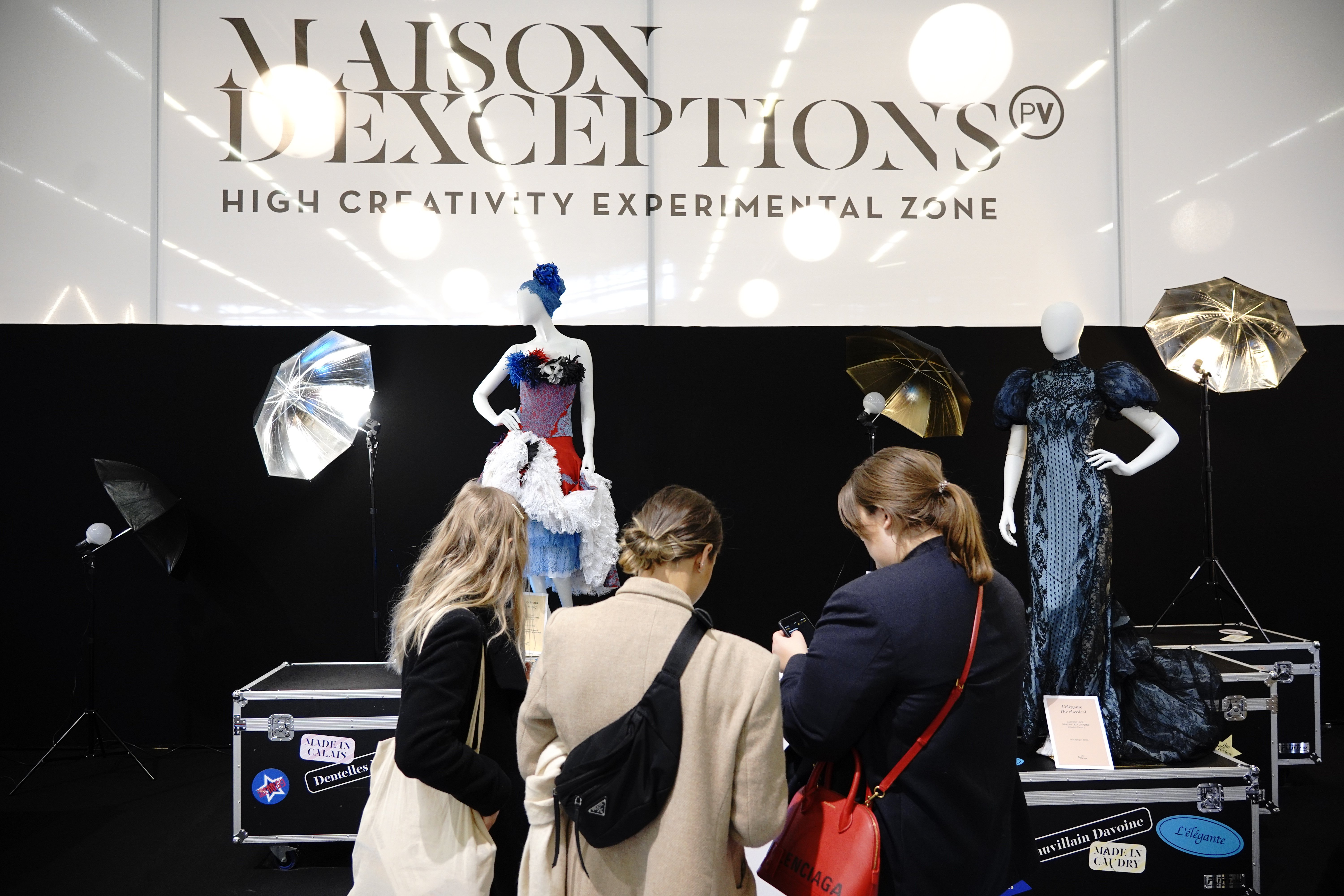
Companies are putting major investment into changing practices, many via recycled synthetics or wool. Tintex jerseys included the new ROICA recycled elastane and also B. Cork that sources pre-consumer cork waste, for self-cleaning eco-friendly finishing.
PV acknowledged excellence with a selection of invited artists at the Maison d’Exceptions. This area of high creativity appeals to designers, who can admire the survival of ancient crafts and imaginative new applications including lace and braiding.
Sport and Tech
Performance indicators for profleisure featured a long list of essential qualities; antibacterial, anti-UV, water-repellent high resistance, moisture management, waterproof, breathable, fast drying and thermal; added to certification like GOTS and RCS or OekoTex with what sometimes appeared label overload.
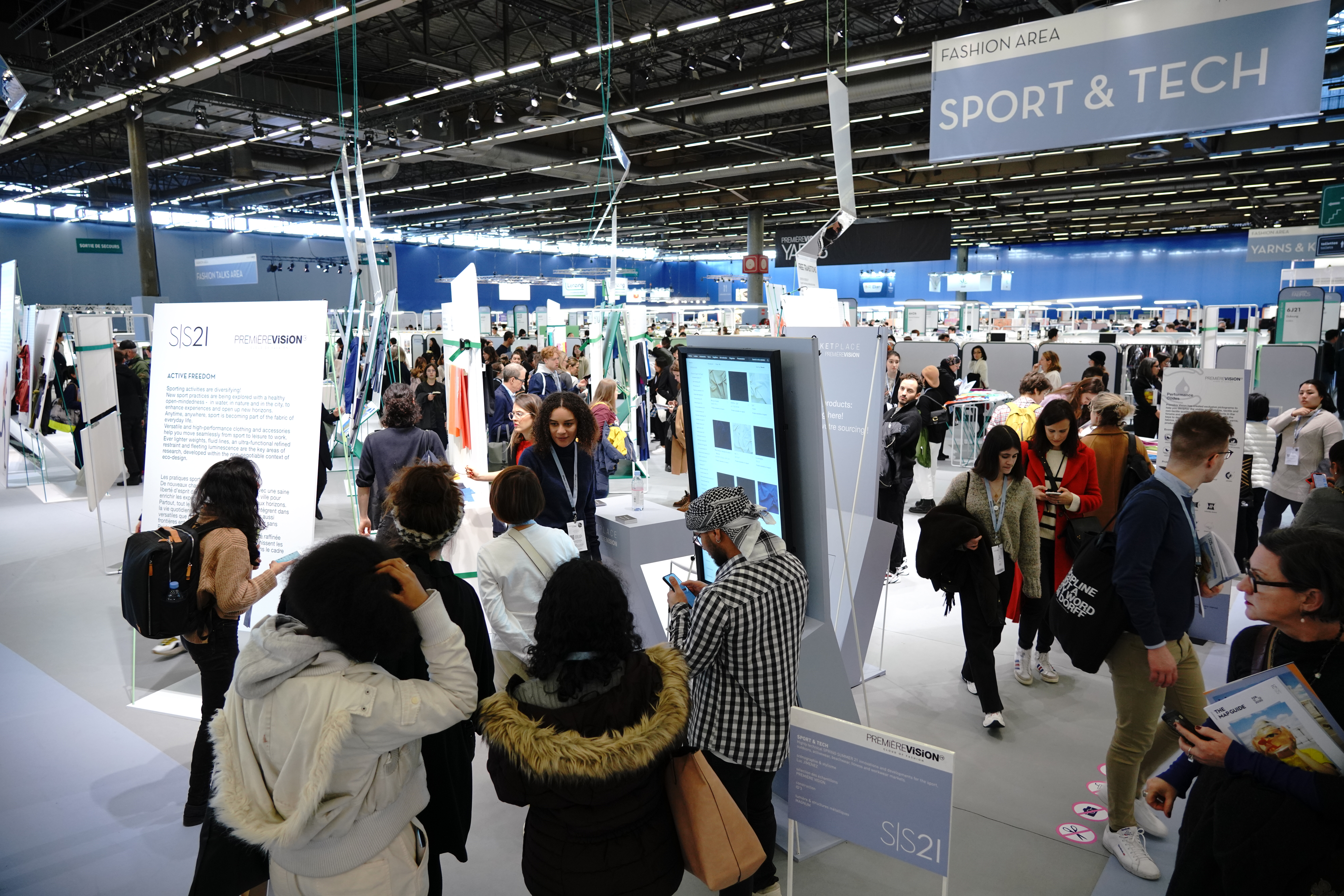
Water sports are the new cool cats. Out and out performance fabrics were coated in shiny double-sided pink and lilac, while knitted high-performance compressive black swimsuits by Jake had cool silver stripes.
Colour Forecasts
In the trend areas brighter colours in single shades had a conventional summer base but were greyed off, like mid-yellow and lavender or turquoise brown. Described as fruit and food colours, they caught the mood of veganism and naturals in cottons, viscose, and linen in floral pinks, green, yellow and nut shades.
Darks continued to dominate extreme sports, but with flashes of fluo-colour, black, navy with flashes, introducing brights like shocking pink laminates.

Jersey fabrics revealed the main patterning trends; geometrics with large scale contrast motifs, florals of all dimensions with small-scale textural changes and stripes. Luxury jersey at Gulle Tekstil Turkey in African-hued rainbow ribs, pink nano-stretch plains and turquoise designs in micro patterns and a particular emphasis on fluidity.
Transparency led to twinkling and sparkle: ‘shines like a lamp’ said Toko Shogi of their knitted jacquard. New developments in fancy fabrics, seen widely, especially the excellent UKFT British stand, were strong on tweeds, in bright jewel colours, and also minimalist grey and white – ‘So chic, so Chanel’.

Subscribe To Our Newsletter
Join our mailing list to receive the latest news and updates from our team.


